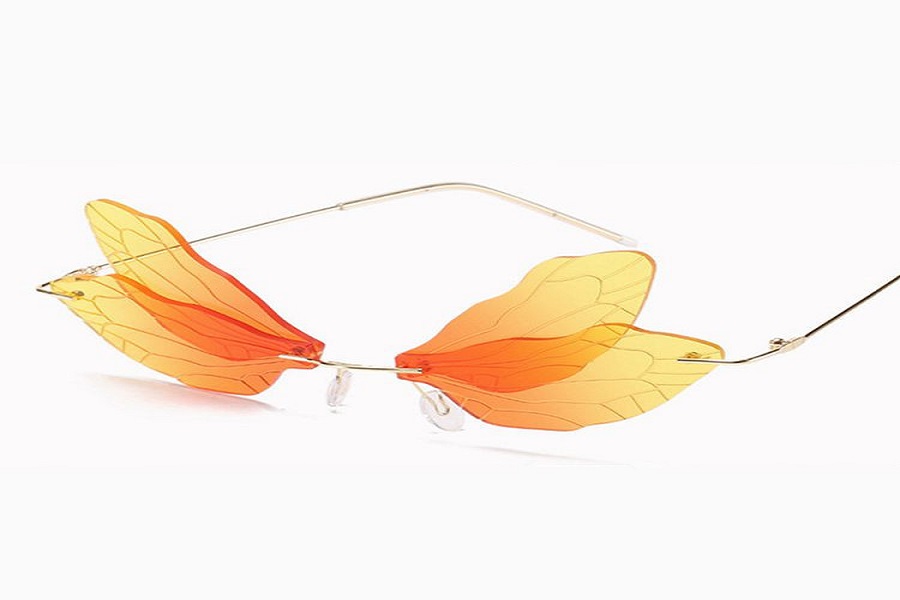Misunderstanding 1:
All sunglasses are 100% UV resistant
Let’s first understand the ultraviolet light. The wavelength of ultraviolet light is below 400 uv. After the eye is exposed, it will damage the cornea and retina, resulting in solar keratitis and corneal endothelial damage.High-quality sunglasses should be able to absorb or reflect ultraviolet rays to prevent exposure to the eyes.
Sunglasses with anti-ultraviolet function generally have several explicit ways:
1. Mark “UV400″:
It means that the isolation wavelength of the lens to ultraviolet rays is 400nm, that is, the maximum value of its spectral transmittance at a wavelength below 400nm cannot be greater than 2%.
2. Mark “UV”, “UV protection”:
Indicates that the blocking wavelength of the lens against ultraviolet rays is 380nm.
3. Mark “100% UV absorption”:
It means that the lens has 100% absorption of ultraviolet rays, that is to say, the average transmittance in the ultraviolet range is not more than 0.5%.Generally speaking, only those with the above-mentioned marks can be regarded as sunglasses that have a protective function against ultraviolet rays in the true sense.
Misunderstanding 2:
Polarized sunglasses are better than ordinary sunglasses
The so-called polarized sunglasses, in addition to the functions of sunglasses, can also weaken and block messy
reflected light, glare, irregular reflections of objects, etc., and pass the transmission axis of the right track to the
eye to visualize and make the vision rich Levels, the vision is clearer and more natural. Polarizers are generally
suitable for outdoor activities such as driving, fishing, sailing, whitewater rafting, and skiing.As the color of
polarizer lenses is generally darker, it is not necessary to wear them in cloudy days or indoors. You should choose
some ordinary sunglasses to protect your eyes from ultraviolet rays.
Post time: Oct-22-2021

